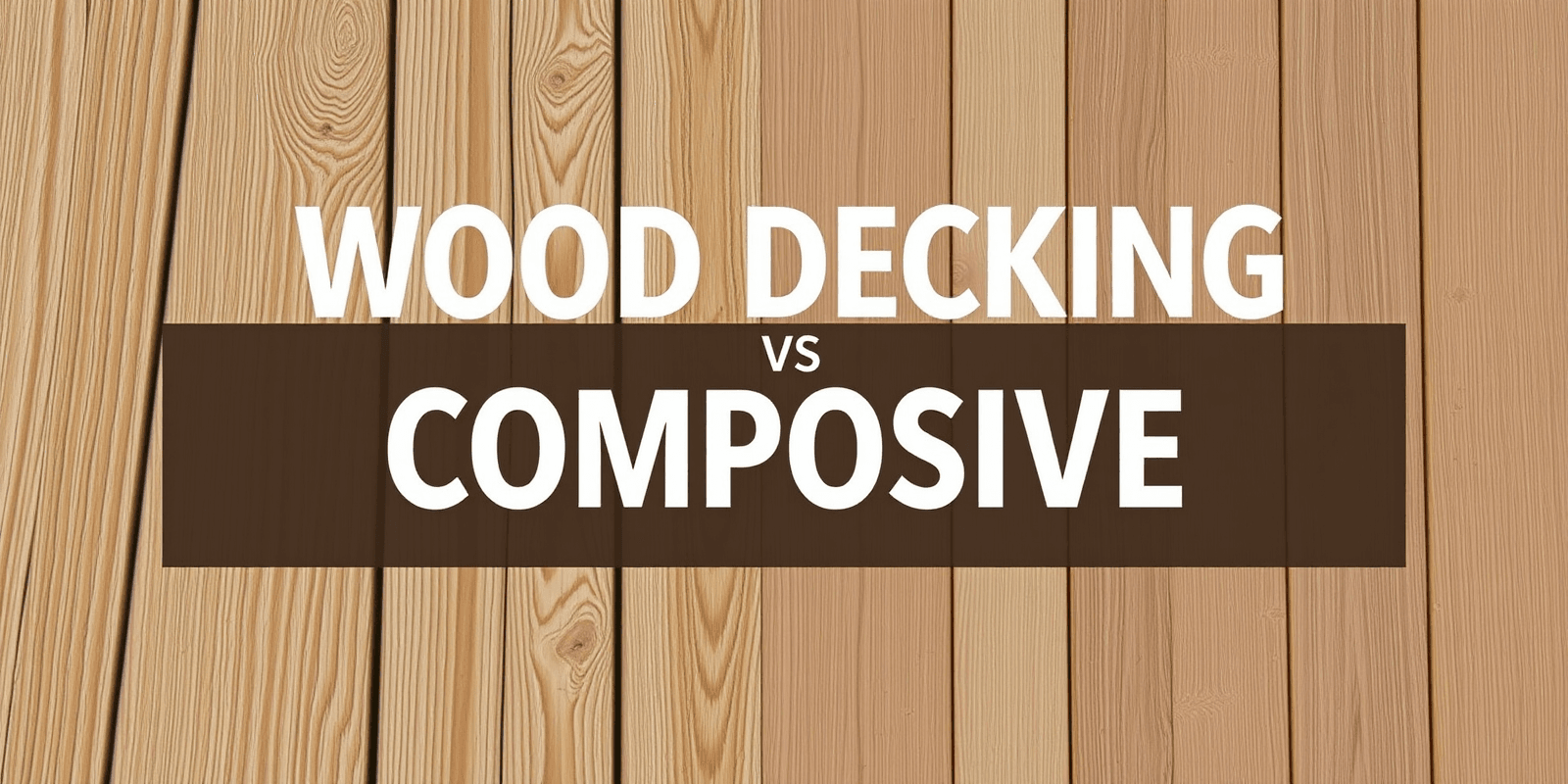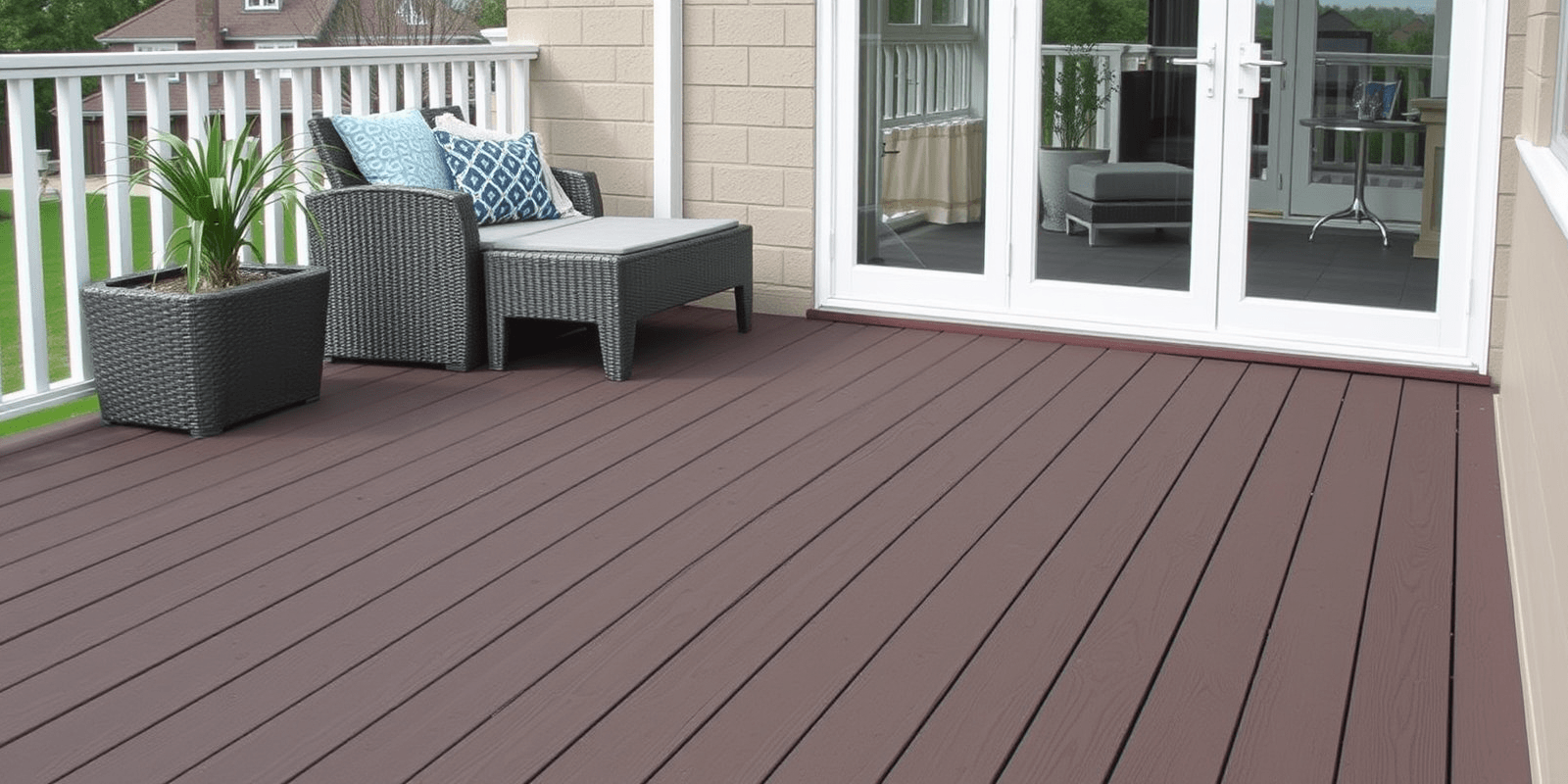“`html
Wood Decking vs Composite: A Cost Analysis
Introduction
In the realm of outdoor living spaces, choosing between wood and composite decking materials is a crucial decision that can significantly impact both your budget and the longevity of your deck. This article delves into a comprehensive cost analysis, comparing the initial purchase prices, labor costs, long-term durability, maintenance expenses, and potential return on investment for both wood and composite decking.
Initial Purchase Prices
The initial cost is often a primary consideration when selecting materials for a deck. Wood decking, such as pressure-treated pine or cedar, typically has a lower upfront cost compared to composite decking. For instance, pressure-treated pine might cost around $3 to $7 per square foot, while premium hardwoods like cedar could range from $7 to $13 per square foot. In contrast, composite decking materials, which are made from a blend of wood fibers and recycled plastics, generally start at about $5 to $15 per square foot, depending on the brand and quality.
Labor Costs
Installation costs can vary based on the complexity of the project and local labor rates. Wood decking tends to be easier to work with, potentially reducing installation time and costs. However, composite decking, due to its heavier weight and more intricate installation process, may require additional labor, increasing the overall cost. On average, installation for wood decking might cost around $4 to $10 per square foot, whereas composite decking could range from $6 to $15 per square foot.
Long-Term Durability and Maintenance
Composite decking is often praised for its durability and low-maintenance requirements. It resists rot, insects, and moisture, requiring minimal upkeep beyond occasional cleaning. Conversely, wood decking demands regular maintenance, including sealing or staining every few years to protect against weather damage and insect infestation. While the upfront savings on wood might seem attractive, the cumulative cost of ongoing maintenance over the life of the deck can add up significantly.
Potential Return on Investment
When it comes to home value, both wood and composite decks can enhance property appeal. However, composite decking tends to offer a slightly higher return on investment. According to the National Association of Realtors, composite decks have an average lifespan of 20-30 years, compared to 10-20 years for wood decks. This extended lifespan, coupled with reduced maintenance needs, can make composite decking a more cost-effective choice in the long run.
“`



